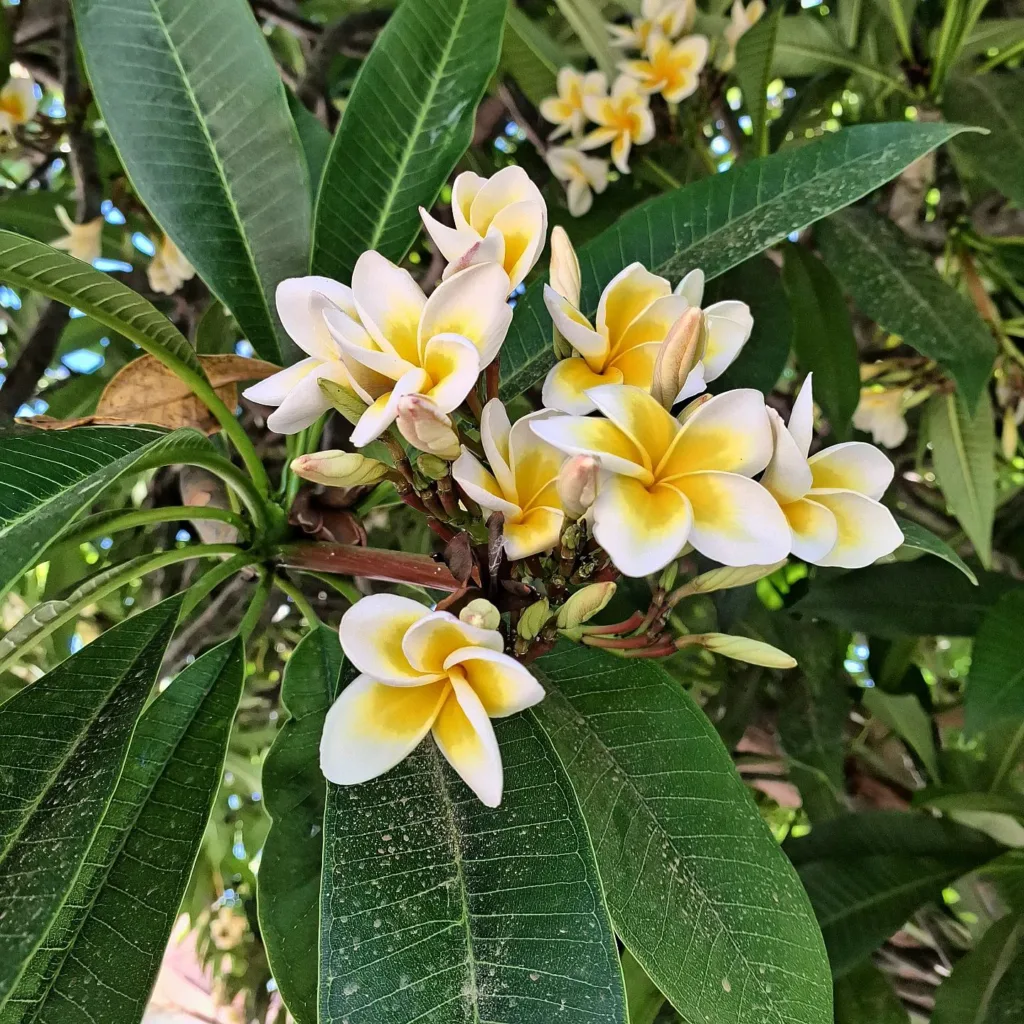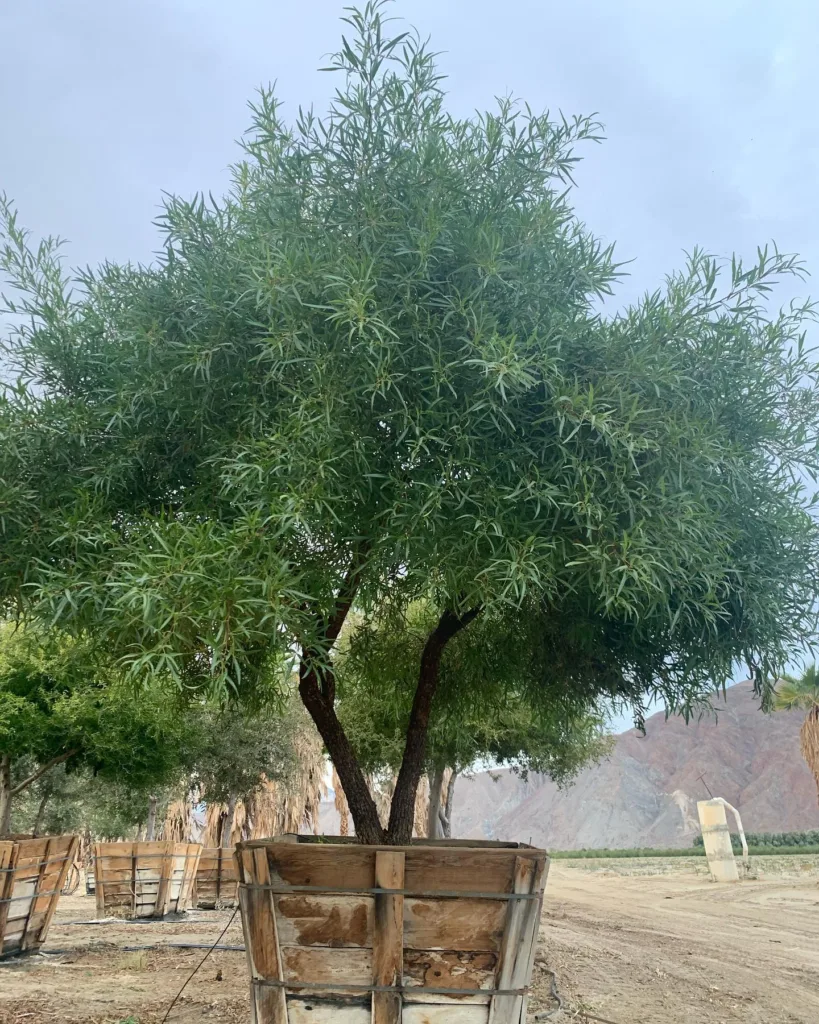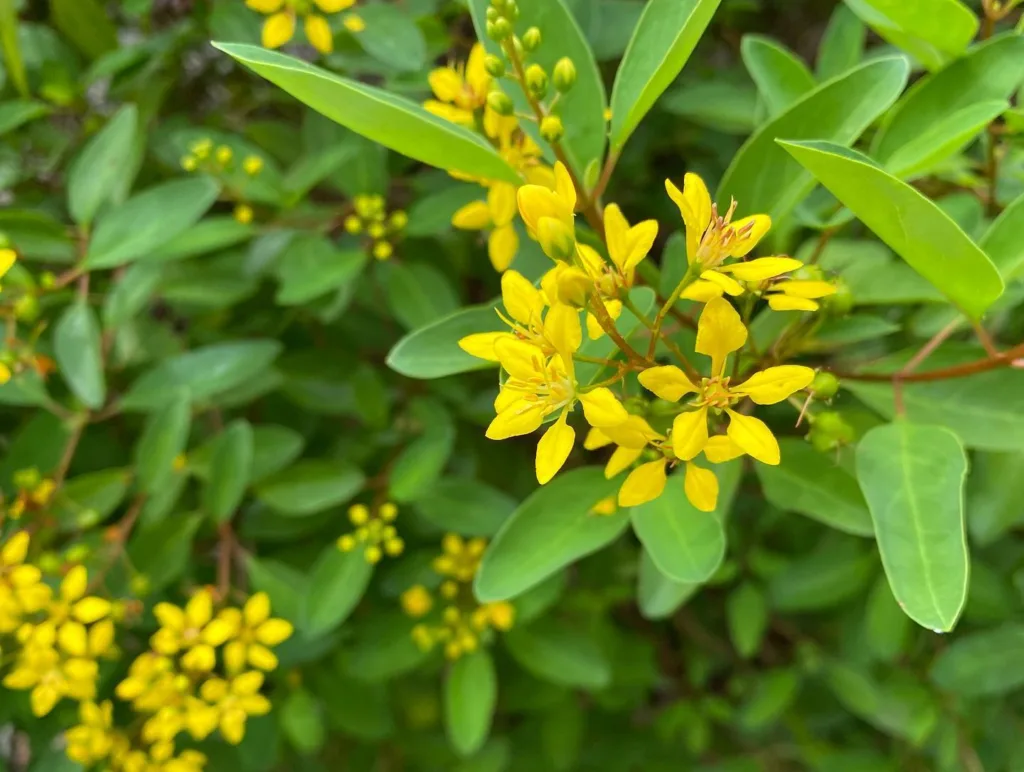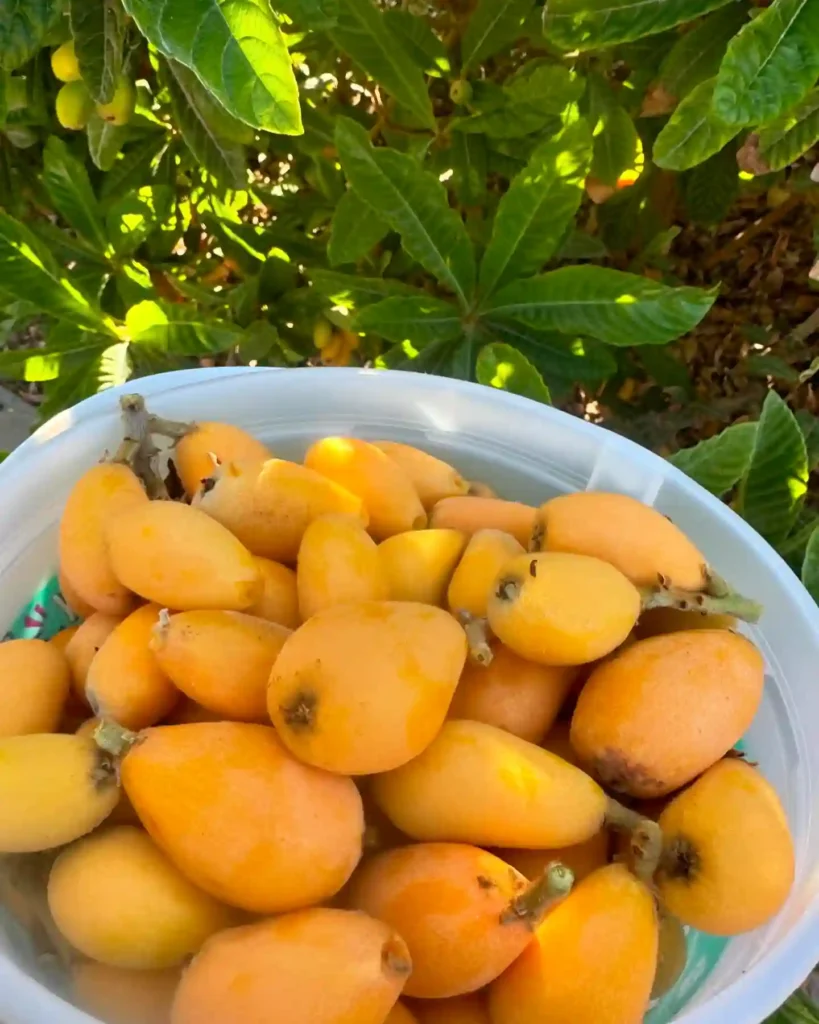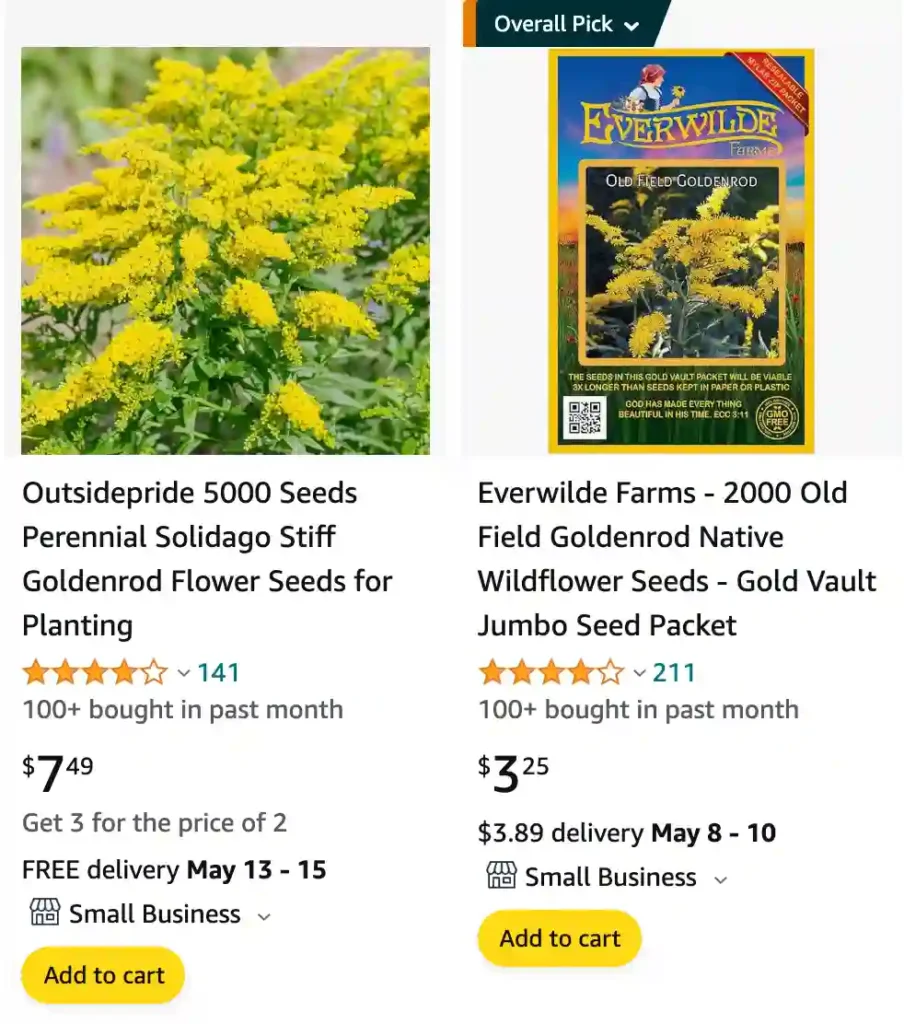
Goldenrod: A Love Affair with Solidago
My name is Ferb Vu, and I have a confession to make: I’m utterly captivated by goldenrod. Not the fleeting shimmer of gold leaf, but the vibrant, sun-soaked blossoms of the Solidago genus. These wildflowers, often unfairly maligned as allergy triggers, are in truth botanical marvels and a testament to nature’s artistry.
For those unfamiliar, Solidago – or goldenrod as it’s commonly known – is a genus of herbaceous perennial plants belonging to the Asteraceae family. This puts them in the company of daisies, sunflowers, and asters, a lineage evident in their cheerful, composite flower heads. But it’s the sheer diversity within the Solidago genus that truly fascinates me. Imagine over 100 distinct species, each with its own personality, its own nuanced shade of gold, its own preferred niche in the landscape. From the towering Solidago canadensis reaching for the sky to the diminutive Solidago sphacelata hugging the ground, goldenrod paints the late summer and autumn landscape with strokes of vibrant yellow.
A Tapestry of Goldenrod Species
To truly appreciate Solidago, one must delve into the specifics. Here are:
- Solidago albopilosa E.L.Braun
- Solidago altiplanities C.E.S.Taylor & R.John Taylor
- Solidago altissima L. Plant FAQs: Solidago Altissima – Tall Goldenrod
- Solidago arenicola B.R.Keener & Kral
- Solidago argentinensis Lopez Laphitz & Semple
- Solidago arguta Aiton
- Solidago × asperula Desf
- Solidago auriculata Shuttlew. ex S.F.Blake
- Solidago austrina Small
- Solidago austrocaroliniana Semple & J.B.Nelson
- Solidago ayuhwasi M.Brock & D.Estes
- Solidago bartramiana Fernald
- Solidago × beaudryi B.Boivin
- Solidago × bernardii B.Boivin
- Solidago bicolor L.
- Solidago brachyphylla Chapm. ex Torr. & A.Gray
- Solidago buckleyi Torr. & A.Gray
- Solidago caesia L. Plant FAQs: Solidago Caesia
- Solidago × calcicola Fernald
- Solidago canadensis L. Plant FAQs: Solidago Canadensis – Canada Goldenrod
- Solidago capulinensis Cockerell & D.M.Andrews
- Solidago chapmanii A.Gray
- Solidago chilensis Meyen
- Solidago chlorolepis Fernald
- Solidago chrysopsis Small
- Solidago compacta Turcz.
- Solidago confinis A.Gray
- Solidago correllii Semple
- Solidago cuprea Juz.
- Solidago curtisii Torr. & A.Gray
- Solidago dahurica (Kitag.) Kitag. ex Juz.
- Solidago decurrens Lour.
- Solidago delicatula Small
- Solidago drummondii Torr. & A.Gray
- Solidago durangensis G.L.Nesom
- Solidago elongata Nutt.
- Solidago erecta Banks
- Solidago ericamerioides G.L.Nesom
- Solidago × erskinei B.Boivin
- Solidago fallax (Fernald) Semple
- Solidago faucibus Wieboldt
- Solidago fistulosa Mill.
- Solidago flexicaulis L. Plant FAQs: Solidago Flexicaulis – Zigzag Goldenrod
- Solidago gattingeri Chapm. ex A.Gray
- Solidago georgiana Semple
- Solidago gigantea Aiton Plant FAQs: Solidago Gigantea – Giant Goldenrod
- Solidago gillmanii (A.Gray) E.S.Steele
- Solidago glomerata Michx.
- Solidago gracillima Torr. & A.Gray
- Solidago guiradonis A.Gray
- Solidago gypsophila G.L.Nesom
- Solidago hintoniorum G.L.Nesom
- Solidago hispida Muhl. ex Willd.
- Solidago horieana Kadota
- Solidago houghtonii Torr. & A.Gray
- Solidago jejunifolia E.S.Steele
- Solidago juliae G.L.Nesom
- Solidago juncea Aiton Plant FAQs: Solidago Juncea – Early Goldenrod
- Solidago kralii Semple
- Solidago × krotkovii B.Boivin
- Solidago kuhistanica Popov
- Solidago lancifolia (Torr. & A.Gray) Chapm.
- Solidago latissimifolia Mill.
- Solidago leavenworthii Torr. & A.Gray
- Solidago leiocarpa DC.
- Solidago × leiophallax Friesner
- Solidago lepida DC.
- Solidago litoralis Savi
- Solidago ludoviciana Small
- Solidago × lutea (A.Perry) Brouillet & Semple
- Solidago × lutescens (Lindl. ex DC.) B.Boivin
- Solidago macrophylla Banks
- Solidago macvaughii G.L.Nesom
- Solidago × maheuxii B.Boivin
- Solidago maya Semple
- Solidago mexicana L.
- Solidago minutissima (Makino) Kitam.
- Solidago missouriensis Nutt.
- Solidago mollis Bartl.
- Solidago muelleri Standl.
- Solidago multiradiata Aiton
- Solidago nana Nutt.
- Solidago nemoralis Aiton Plant FAQs: Solidago Nemoralis – Gray Goldenrod
- Solidago × niederederi Khek
- Solidago nipponica Semple
- Solidago nitida Torr. & A.Gray
- Solidago odora Aiton Plant FAQs: Solidago Odora – Sweet Goldenrod
- Solidago ohioensis Riddell
- Solidago ontarioensis (G.S.Ringius) Semple & J.A.Peirson
- Solidago orientalis (G.L.Nesom) G.L.Nesom
- Solidago ouachitensis C.E.S.Taylor & R.John Taylor
- Solidago ovata Friesner
- Solidago pacifica Juz.
- Solidago pallida (Porter) Rydb.
- Solidago paniculata DC.
- Solidago patagonica Phil.
- Solidago patula Muhl. ex Willd.
- Solidago patuliginosa Friesner
- Solidago petiolaris Aiton
- Solidago pinetorum Small
- Solidago plumosa Small
- Solidago polyglossa DC.
- Solidago pringlei Fernald
- Solidago ptarmicoides (Torr. & A.Gray) B.Boivin
- Solidago puberula Nutt.
- Solidago pulchra Small
- Solidago racemosa Greene
- Solidago radula Nutt.
- Solidago randii (Porter) Britton
- Solidago riddellii Frank
- Solidago rigida L. Plant FAQs: Solidago Rigida – Stiff Goldenrod
- Solidago rigidiuscula (Torr. & A.Gray) Porter
- Solidago roanensis Porter
- Solidago rugosa Mill. Plant FAQs: Solidago Rugosa – Rough Goldenrod
- Solidago rupestris Raf.
- Solidago sciaphila E.S.Steele
- Solidago sempervirens L. Plant FAQs: Solidago Sempervirens – Seaside Goldenrod
- Solidago shortii Torr. & A.Gray
- Solidago simplex Kunth
- Solidago × snarskisii Gudž. & Žaln.
- Solidago spathulata DC.
- Solidago speciosa Nutt. Plant FAQs: Solidago Speciosa – Showy Goldenrod
- Solidago spectabilis (D.C.Eaton) A.Gray
- Solidago spellenbergii Semple
- Solidago sphacelata Raf.
- Solidago spithamaea M.A.Curtis ex A.Gray
- Solidago squarrosa Nutt.
- Solidago stricta Aiton
- Solidago tarda Mack. ex Small
- Solidago tortifolia Elliott
- Solidago turnerorum Semple
- Solidago uliginosa Nutt.
- Solidago ulmicaesia Friesner
- Solidago ulmifolia Muhl. ex Willd.
- Solidago velutina DC.
- Solidago veracruziensis Semple
- Solidago verna M.A.Curtis ex Torr. & A.Gray
- Solidago villosicarpa LeBlond
- Solidago virgata Michx.
- Solidago virgaurea L. Plant FAQs: Solidago Virgaurea – European Goldenrod
- Solidago vossii J.S.Pringle & Laureto
- Solidago wrightii A.Gray
- Solidago yambaruensis S.Sakag. & Mot.Ito
- Solidago yokusaiana Makino
- Solidago zedia (R.E.Cook & Semple) Semple & J.B.Beck
Is goldenrod invasive?
I wouldn’t necessarily call goldenrod invasive in my neck of the woods. It definitely pops up everywhere along the roadsides and in fields come fall, but it seems to coexist with everything else just fine. The butterflies absolutely love them, and they’re a cheerful sight after the summer heat fades. Maybe in other places they’re a menace, but here they just add a burst of color to the autumn landscape.
When do goldenrods bloom?
I can’t recall ever seeing goldenrods in full swing before late summer. They’re like a sign that fall is on its way, with their bright yellow flowers standing tall along the roadsides. I remember taking long walks with my dog last year, and by September, the goldenrods were everywhere, swaying gently in the breeze. They seemed to bloom for weeks, well into October, adding a splash of color to the world as everything else started to wind down.
How to make goldenrod tea?
Making goldenrod tea is a pretty simple process I’ve come to enjoy on crisp autumn mornings. First, I head out back and snip off a few sprigs of goldenrod with flowers just starting to open. I try to avoid any plants past their prime, since I find the fresher ones make a tastier tea. Then, I head inside and chop up the leaves and flowers a bit. A teapot or even a mason jar works great for steeping. I pour boiling water over the goldenrod, cover it up, and let it steep for 10-15 minutes. Any longer and it can get a touch bitter. After straining, I have a lovely golden-colored tea that’s perfect on its own or with a touch of honey to sweeten it up. It’s a cozy way to warm up and welcome the changing seasons.
How to dry goldenrod?
Drying goldenrod is a breeze and a great way to enjoy its golden goodness long after fall fades. My favorite method is air-drying. It’s simple and doesn’t require any fancy equipment. I usually harvest the goldenrod when the flowers are just past their peak bloom, but still bright yellow. I snip off the upper parts of the stems, making sure they’re free of any dirt or bugs. Then, I grab some brown paper bags – lunch bags work perfectly – and bunch the goldenrod stalks together, tying the ends with twine to create loose bundles. The key is to leave space for air circulation. I hang these bundles upside down in a cool, dark, and well-ventilated place, like my attic or a spare closet. An old shed would work too, as long as it’s dry. Every few days, I gently check on them and give them a little turn to ensure even drying. In a couple of weeks, the goldenrod will be nice and crispy, ready to be crumbled and stored in airtight jars for future teas or decorative purposes.
Is goldenrod poisonous?
You’ve heard some conflicting information about goldenrod being poisonous, haven’t you? It can be a bit confusing. In my experience, the goldenrod around here has never caused me any problems. I’ve enjoyed many cups of tea made with the leaves and flowers, and I haven’t noticed any ill effects. But I have read that some people can get a skin rash if they touch it, especially if they have sensitive skin. Also, I’ve heard that there’s a different type of goldenrod called rayless goldenrod that can be poisonous to livestock. So, it seems like it might depend on the specific type of goldenrod and your own sensitivities. Maybe it’s best to err on the side of caution and wear gloves when handling it, especially if you’re unsure of the exact variety.
Do deer eat goldenrod?
Absolutely! Deer around here seem to find goldenrod pretty tasty. Especially in the late fall and winter, when pickings get slim, I see them munching on the goldenrod stalks in fields and along the edges of woods. It might not be their first choice when there are plenty of other yummy things around, but it definitely seems to be a reliable food source for them during tougher times. There have been times I’ve gone for a hike and literally come across deer standing right in the middle of a goldenrod patch, chowing down happily. It’s kind of a cool sight to see!
What color is goldenrod?
Goldenrod is a beautiful yellow color that resembles the color of the goldenrod flower. It’s not a bright, in-your-face yellow, but rather a more muted, warm yellow with a hint of orange.
Think of it as the color of sunshine peeking through leaves in the late summer, or the color of ripe wheat fields. It’s a cheerful and inviting color that can add a touch of warmth to any space.
Can chickens eat goldenrod?
In my experience, chickens seem to be okay with goldenrod in moderation. I’ve tossed them some goldenrod trimmings when I’m making tea, and they’ve gobbled them right up, leaves, flowers, and even bits of stem. They seem to find it tasty! But I’ve also read somewhere that the goldenrod plant contains something called saponins, which can irritate their tummies if they eat too much. So, I wouldn’t make it a regular part of their diet. More like a special treat every now and then. Maybe I’ll try giving them a small amount again next time I’m making a batch of tea and see how they react.
When to harvest goldenrod?
The best time to harvest goldenrod depends on what part of the plant you want to use:
- Leaves: For leaves with the most concentrated flavor for teas or tinctures, aim for just before the flowers open. You can still harvest leaves during bloom, but they might be a bit tougher.
- Flowers: For vibrant yellow flowers in your teas or for drying for crafts, harvest them when they’re just past peak bloom, but still bright yellow. This is usually in late summer or early fall.
- Seeds: If you want goldenrod seeds for planting or attracting birds, wait until the flower heads turn brown and fluffy. This happens in late fall.
Can goats eat goldenrod?
Absolutely, goats can eat goldenrod! In fact, they’re notorious for munching on all sorts of weeds, including goldenrod. They have four stomachs designed to handle a variety of plants, so goldenrod shouldn’t cause them any digestive issues.
I’ve seen my neighbor’s goats happily nibbling on goldenrod in their pasture, especially when the pickings get slim in the winter. It’s not their most prized treat, but they seem to find it enjoyable nonetheless. Some folks even specifically plant goldenrod as a weed control method in their goat pastures, knowing the goats will take care of it!
That being said, it’s always a good idea to introduce new plants gradually into any animal’s diet. Just keep an eye on your goats after they munch on goldenrod for the first time, but in my experience, it’s a perfectly safe and potentially tasty treat for them.
Do bees like goldenrod?
Absolutely, bees love goldenrod! It’s like a late-summer buffet for them. Here around my place, come fall, you’ll see all sorts of bees buzzing around the goldenrod patches. Honey bees, bumblebees, solitary bees – they’re all there feasting on the golden bounty.
Goldenrod provides a vital source of nectar and pollen for bees when other flowers are starting to fade. The nectar is high in sugar, giving the bees the energy they need to prepare for winter. The pollen is a protein source, essential for raising healthy young bees.
It’s a beautiful sight to see – these bright yellow flowers swaying gently in the breeze, surrounded by a happy hum of bees. Goldenrod really is a bee magnet, and that’s a good thing for everyone involved. Healthy bees mean better pollination for our gardens and crops. So, next time you see a patch of goldenrod, you can appreciate it not just for its beauty, but also for the bee bonanza happening right before your eyes!
How to tell the difference between goldenrod and ragweed?
Telling the difference between goldenrod and ragweed is easy once you know a few key features. Here’s what to look for:
- Flowers: Goldenrod is the champion of bright yellow. Its flowers are clustered tightly together, forming a showy display in late summer and fall. Ragweed, on the other hand, has inconspicuous greenish-yellow flowers that are much less noticeable.
- Leaves: Goldenrod has smooth-edged, lance-shaped leaves that grow in a single row up the stem. Ragweed’s leaves are the dead giveaway – they’re deeply lobed, almost fern-like, with several smaller leaflets branching off from a central stem.
- Stems: Goldenrod tends to have a single main stem, maybe with a few branches towards the top. Ragweed is bushier, with branches growing all the way up the stem from the base.
- Pollen: If you get really close (and maybe not the best idea for allergy sufferers!), ragweed has lightweight pollen that blows easily in the breeze. Goldenrod’s pollen is heavier and stickier, hitching a ride on pollinators like bees and butterflies.
How to use goldenrod in the bedroom?
Goldenrod itself isn’t typically used directly in the bedroom setting. However, since goldenrod essential oil is known for its calming and some say aphrodisiac properties, there are a few ways to incorporate it to create a relaxing and potentially mood-setting atmosphere:
- Diffusion: You can diffuse a few drops of goldenrod essential oil diluted in water with a diffuser. The calming aroma can help unwind and create a peaceful ambiance. Be sure to follow the instructions for your specific diffuser and dilute the oil properly, as essential oils can be quite strong.
- Massage Oil: If you’re comfortable with it, consider mixing a few drops of goldenrod essential oil with a carrier oil like jojoba or almond oil to create a massage oil. This can be a nice way to relax and unwind together as a couple. Important safety note: Always dilute essential oils in a carrier oil before applying them to your skin.
- Potpourri: Dried goldenrod flowers can be a pretty addition to a potpourri bowl in your bedroom. While they won’t have the same strong aroma as the essential oil, they can add a touch of natural beauty and a subtle earthy scent.
It’s important to remember that the effectiveness of essential oils can vary from person to person. If you have any concerns about using goldenrod essential oil, it’s always best to consult with a healthcare professional first.
Do birds eat goldenrod seeds?
You bet they do! Goldenrod seeds are a favorite winter feast for many bird species around here. Once the bright yellow flowers fade and turn brown and fluffy in late fall, they become a treasure trove for our feathered friends.
I see chickadees, juncos, finches (especially American goldfinches!), sparrows, and even the occasional grosbeak flitting around the goldenrod patches, meticulously picking out the tiny seeds. It’s a constant flurry of activity, with the birds clinging to the swaying stalks and expertly extracting the seeds.
Goldenrod is a real lifesaver for birds in the colder months when other food sources are scarce. It provides them with the energy they need to stay warm and survive the harsh winter. In fact, I love leaving the goldenrod stalks standing tall in my garden throughout winter. It not only adds some winter interest to the landscape, but it also creates a bird buffet that keeps my feathered neighbors well-fed and happy.
Do butterflies like goldenrod?
Absolutely, butterflies love goldenrod! In fact, it’s like a late-summer smorgasbord for them. Here around my place, come fall, you’ll see all sorts of butterflies fluttering around the goldenrod patches. Monarch butterflies, fritillaries, swallowtails, skippers – they’re all there feasting on the golden bounty.
Goldenrod provides a vital source of nectar, the sugary fuel that keeps butterflies going. With other flowers starting to fade in late summer and fall, goldenrod is a lifesaver for butterflies, especially for those like monarchs that are migrating long distances. The nectar gives them the energy they need to complete their journeys.
It’s a beautiful sight to see – these colorful butterflies flitting from flower to flower, their wings catching the sunlight. Goldenrod is a butterfly magnet, and that’s a good thing. Healthy butterfly populations mean better pollination for our gardens and wild plants. So next time you see a patch of goldenrod, you can appreciate it not just for its beauty, but also for the butterfly bonanza happening right before your eyes!
Beyond the Beauty: Goldenrod’s Ecological Role
My fascination with goldenrod goes beyond its aesthetic appeal. This genus plays a vital role in the ecosystem. Its flowers are a late-season nectar source for pollinators like bees, butterflies, and hoverflies, providing crucial sustenance before winter sets in. The seeds are a food source for birds, and the foliage provides habitat for various insects. Goldenrod even has a role to play in soil health, its deep roots helping to prevent erosion.
Dispelling the Allergy Myth
It’s a common misconception that goldenrod is responsible for seasonal allergies. The real culprit is often ragweed (Ambrosia), which blooms around the same time. Goldenrod, with its heavy pollen grains, relies on insects for pollination, while ragweed’s lightweight pollen is easily dispersed by the wind.
Goldenrod in the Garden
I encourage everyone to consider adding goldenrod to their gardens. These hardy plants are low-maintenance, drought-tolerant, and adaptable to a variety of soil conditions. They bring a burst of late-season color and attract a host of beneficial insects. Just be mindful of their potential to spread and choose species that suit your space.
A Golden Opportunity
Goldenrod, to me, represents resilience, adaptability, and the enduring beauty of the natural world. It’s a reminder that even in the face of adversity – be it harsh conditions or unfair accusations – there’s always a chance to shine. So, next time you see a swathe of goldenrod gracing the landscape, take a moment to appreciate its splendor. You might just find yourself falling in love, too.
